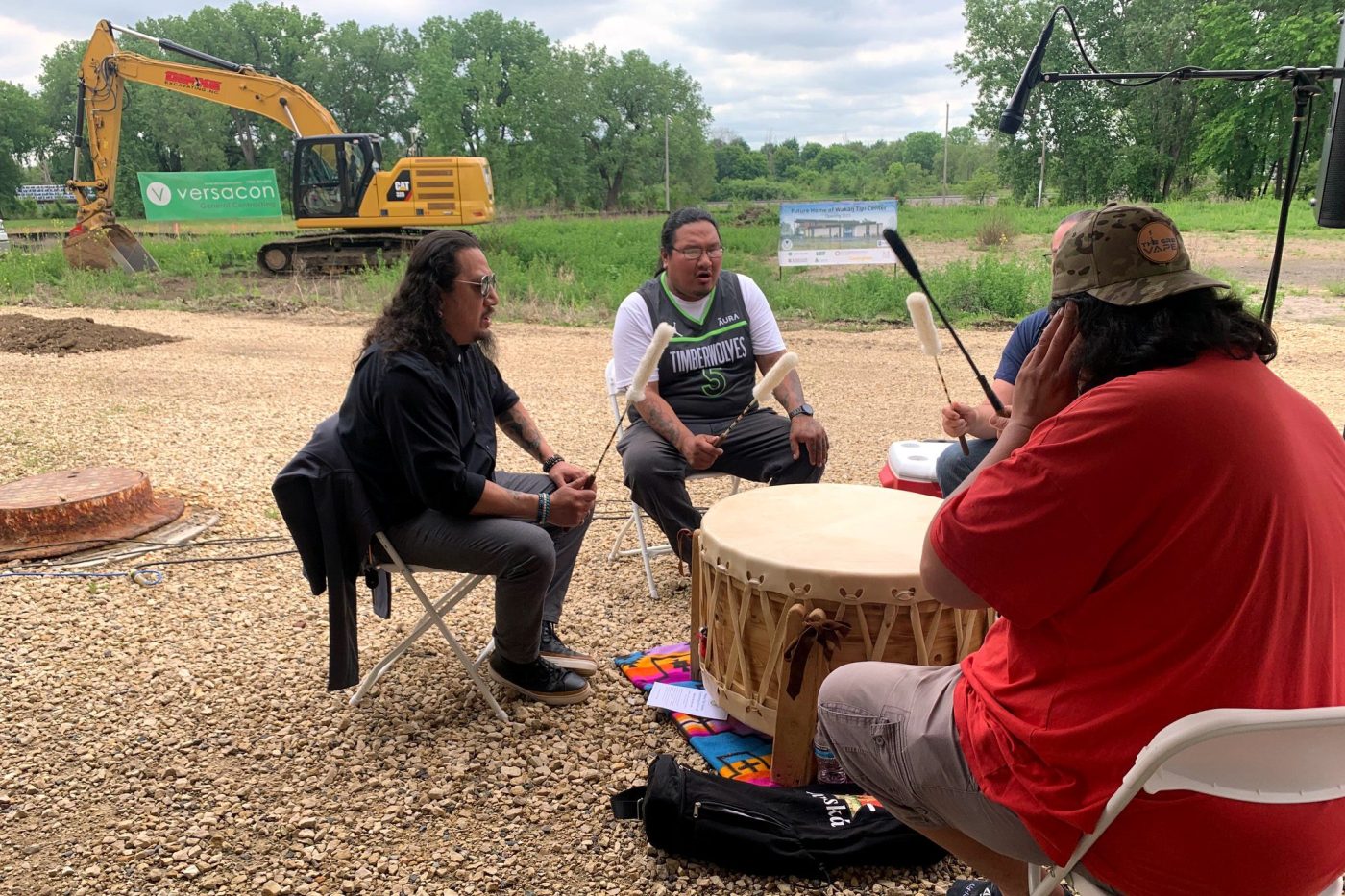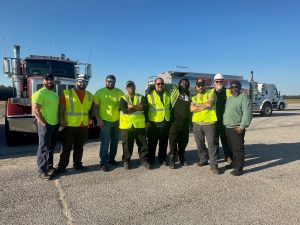
St. Paul, Wakan Tipi organization to manage Bruce Vento Nature Sanctuary together
A new agreement to steward the land at Bruce Vento Nature Sanctuary was announced Monday between Wakán Típi Awányankapi and the city of St. Paul.
“St. Paul is built on Dakota land,” said St. Paul Mayor Melvin Carter. “We are proud to finally restore access and stewardship to this sacred site.”
The announcement was made on Indigenous Peoples’ Day by the mayor and members of the American Indian community, tribal leaders, students and partners at American Indian Magnet School.
“Through the agreement, Wakán Típi Awányankapi (meaning those who care for Wakán Típi) will implement traditional Indigenous land management methods to care for the 27-acre Bruce Vento Nature Sanctuary, also known as Wakán Típi, which has long been a Dakota sacred site. Their approach to this work not only restores land and ecosystems, but also the relationship between Indigenous people and these culturally important landscapes in the Twin Cities,” the city’s press release said.
The partnership reflects years of communications between city officials and Dakota leaders to “build better knowledge and understanding of the Dakota culturally significant landscapes and sacred sites” in the city.
The Cultural Landscape Study at nearby Indian Mounds Regional Park helped develop the concepts for the Wakán Típi Center, a 7,500-square-foot cultural and environmental interpretive center at Bruce Vento Nature Sanctuary scheduled to open in 2025. The center will offer exhibits, cultural interpretation and programs aimed to increase the understanding of the history and culture of the Dakota, as well as provide a home base for Dakota communities to reconnect and revive long-held practices, the release said.
The work will be funded by a $2.4 million Bush Community Innovation grant. Wakán Típi Awányankapi also was recommended for $669,000 in funding from the state Environment and Natural Resources Trust Fund for restoration and environmental learning projects at the site.
“The work we are doing today is only possible because of the work and sacrifices of many before us,” said Maggie Lorenz, a Dakota and Anishinaabe resident of St. Paul and executive director of Wakán Típi Awányankapi. “I see our work now as both a responsibility to those elders and ancestors as well as a responsibility to our children and grandchildren who will continue this healing work in the generations to come.”
Wakán Típi
A rendering of the future Wakan Tipi Center, a .3 million, city-owned nature center slated to open its doors in late 2025 beneath the Kellogg Boulevard/Third Street bridge in St. Paul. (Courtesy of Wakan Tipi Awanyankapi)
Wakán Típi, the cave that sits on the eastern end of the Bruce Vento Nature Sanctuary, is a sacred site connected to the Maka Paha (burial mounds) atop the bluff at Indian Mounds Regional Park. The two sites are part of the larger Bdote landscape, which is the area around the confluence of the Mississippi and Minnesota rivers holding one of the creation stories of the Dakota people. Various bands of the Dakota Oyate and other Indigenous Nations have met at Wakán Típi over generations.
Wakán Típi Awányankapi is developing a new model of Indigenous urban land stewardship that others in the field are eager to learn from, Mattie DeCarlo, grantmaking officer at the Bush Foundation, said in the city’s announcement.
The nonprofit Wakán Típi Awányankapi spawned from resident efforts to turn the “heavily polluted, neglected, and forgotten” area of the sanctuary into a city park in 1997, according to wakantipi.org.
Related Articles
St. Paul mayor says he won’t back $1.5 million supplemental insurance for retirees
Nina Moini named host of MPR News noon show ‘Minnesota Now’
Ramsey County races: Two running for District 7 county board seat
Indigenous Peoples Day celebrated with an eye on the election
Man arrested in shooting of coworker at St. Paul post office
East Side and Lowertown activists joined together to restore the former railroad and industrial site by creating what was then known as the Lower Phalen Creek Project.
In 2005, the Bruce Vento Nature Sanctuary was opened to the public. As part of the efforts to educate the public about the importance of the area, a cultural landscape study was conducted by the city. As a result, last fall, signs were installed in Indian Mounds Park letting visitors know that “they are in a sacred place of burial and there are relatives of those buried who are still here.”
In addition, posted QR codes in Indian Mounds Park now link visitors to videos of Native American individuals talking about the site and additional “physical cues that remind visitors they are in a special, sacred space,” according to the city’s messaging plan.


